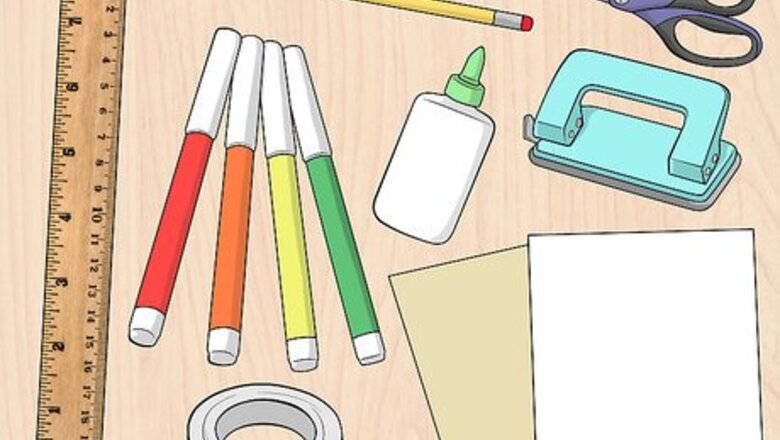
views
Creating a Color Wheel
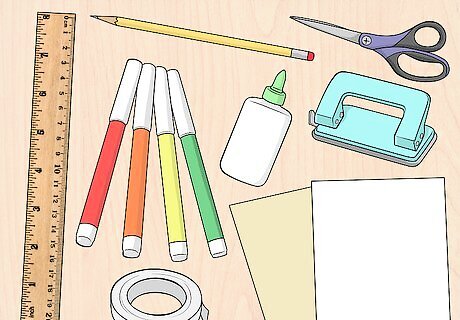
Collect the materials that you will need for the project. You will need a standard piece of printer paper, an equivalent sized piece of cardboard, glue, tape, scissors, hole punch, a ruler, a no.2 pencil, and a coloring source. Choose your coloring source. You can choose to color your disc with crayons, markers, colored pencils, or paint. You will need all of the colors of the rainbow: red, orange, yellow, green, blue, indigo, and violet. Alternatively, you could choose to print a color wheel from the internet. Try searching online for "color wheel" or "printable color wheel."
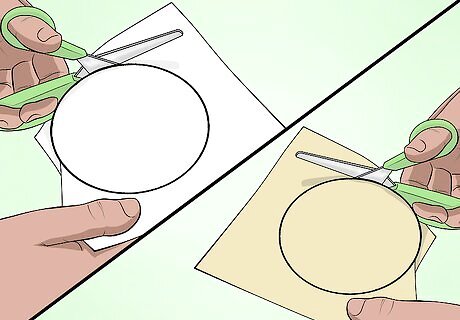
Cut the piece of paper and cardboard into equal size circles. To do this you could trace something round with a pencil, use a drawing compass, or print a circle off of the computer. Though it does not matter what size circle you use, it is best to use a circle that would comfortably fit on a standard sheet of notebook paper. The larger your circle is the harder it will be to create the effects of the disc.
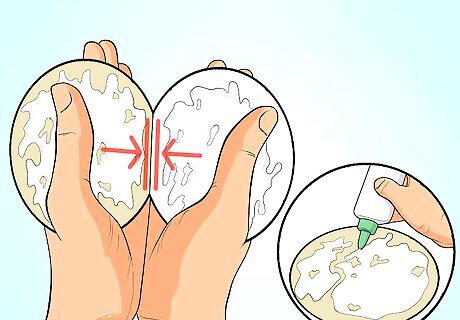
Glue the piece of paper to the cardboard. If you printed a color wheel from the internet, be sure to glue the color side up. Let the glue dry completely before moving on to the next step.

Divide the circle into seven equal triangles. Use the ruler and pencil to make the lines on the circle. Think about this step as though you are “cutting into a pie.” You are creating a color wheel.

Color each of the seven sections a different color. Start at the top of the circle and work clockwise. Color the sections in with the following colors in this order: red, orange, yellow, green, blue, indigo, and violet.
Using a Newton Disc

Fasten the disc to the pencil. You will need to punch a hole in the middle of the disc. Slide the disc onto pencil. This will give you a way to hold the disc and spin it rapidly.
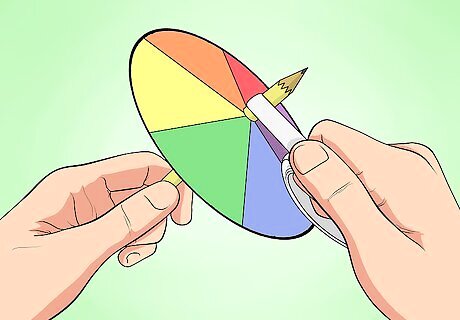
Hold the disc in place. Put tape around the pencil an inch above and below the disc. This will prevent the wheel from wobbling off of the pencil as it spins. This way, you can spin the disc faster without it flying off of the pencil.
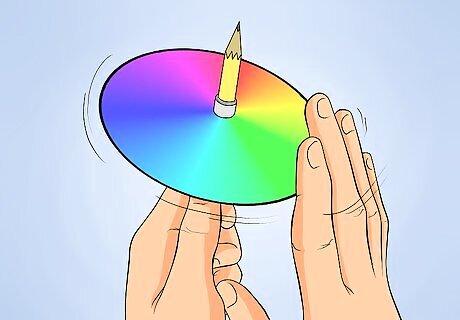
Spin the disc around the pencil. At first you will see the colors quickly spinning. As you spin the disc faster, you will start to see the colors blending, and they will blend together and appear white. If you aren’t seeing this happen, try spinning the disc even faster.

Adjust your technique. If you are still able to see most colors, try spinning the wheel faster. Be aware that you may not see a perfectly white wheel. You are trying to spin the wheel faster than your eyes can process the colors.
Understanding the Science
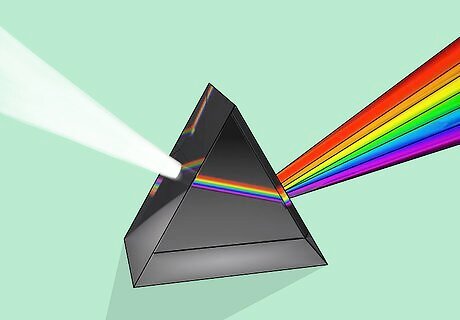
Look at a prism. A prism is used to split visible light. It separates the light by different frequencies, which appear different in color. Shining a white light through a prism will yield all of the colors of the rainbow (the visible light spectrum). If you do not have access to a prism, water can also split light. This can be observed in rainbows.
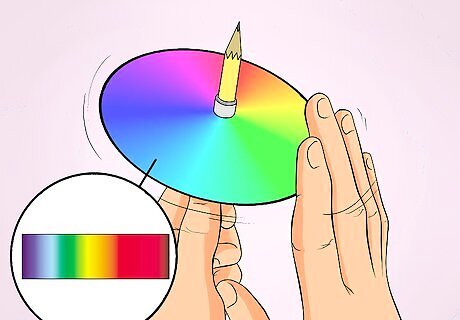
Study the visible spectrum. Visible light is the small range of electromagnetic energy that the human eye can detect and translate into an image. When the entire spectrum is present, the light appears white in color. When particular frequencies are absorbed, reflected, or otherwise not present, the eye sees different colors, for example red or green.

Consider color combinations. The frequencies that make up the visible spectrum are present on your color wheel. This is why spinning the wheel fast enough to blur those colors together makes them appear white. The light from all of the colors is hitting your eye at almost the exact same time. This tricks the eye into thinking you are seeing white light.


















Comments
0 comment